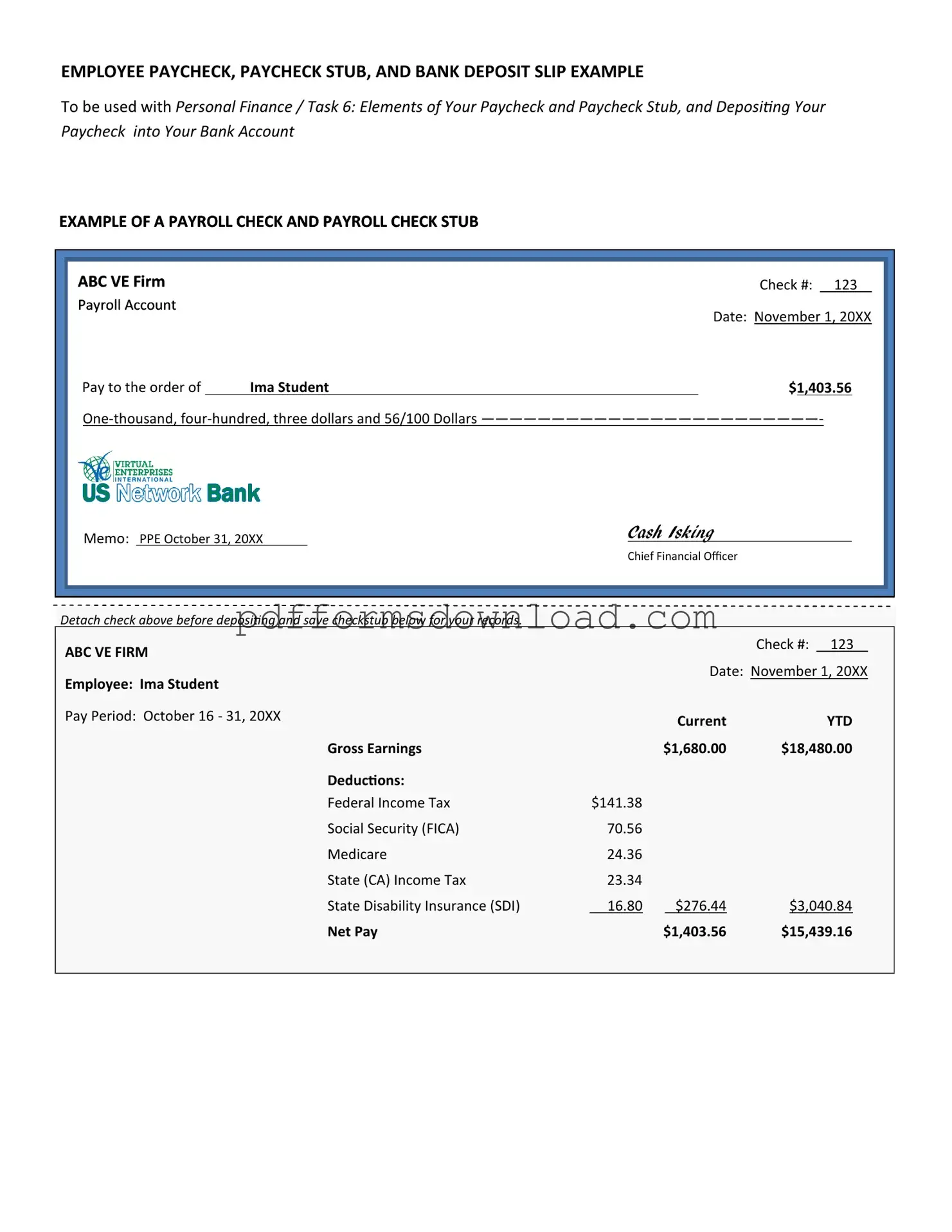What is a Payroll Check form?
The Payroll Check form is a document used by employers to issue payments to employees for their work. It typically includes essential details such as the employee's name, the amount being paid, the pay period, and any deductions. This form ensures that employees receive their wages accurately and on time.
How do I fill out a Payroll Check form?
To fill out a Payroll Check form, start by entering the employee's name and address at the top of the form. Next, specify the pay period for which the payment is being made. Include the gross pay amount, followed by any deductions such as taxes or benefits. Finally, calculate the net pay and write it in the designated area. Ensure all information is accurate to avoid payment issues.
What should I do if I make a mistake on the Payroll Check form?
If a mistake occurs on the Payroll Check form, it is important to correct it promptly. Cross out the incorrect information neatly and write the correct details next to it. Alternatively, if the error is significant, it may be best to start a new form to ensure clarity. Always double-check the final version before processing the payment.
How often should Payroll Check forms be issued?
Payroll Check forms should be issued according to the company’s payroll schedule. This could be weekly, biweekly, or monthly, depending on the organization's policies. Consistency in issuing these forms helps maintain employee trust and ensures that everyone is paid on time for their work.
